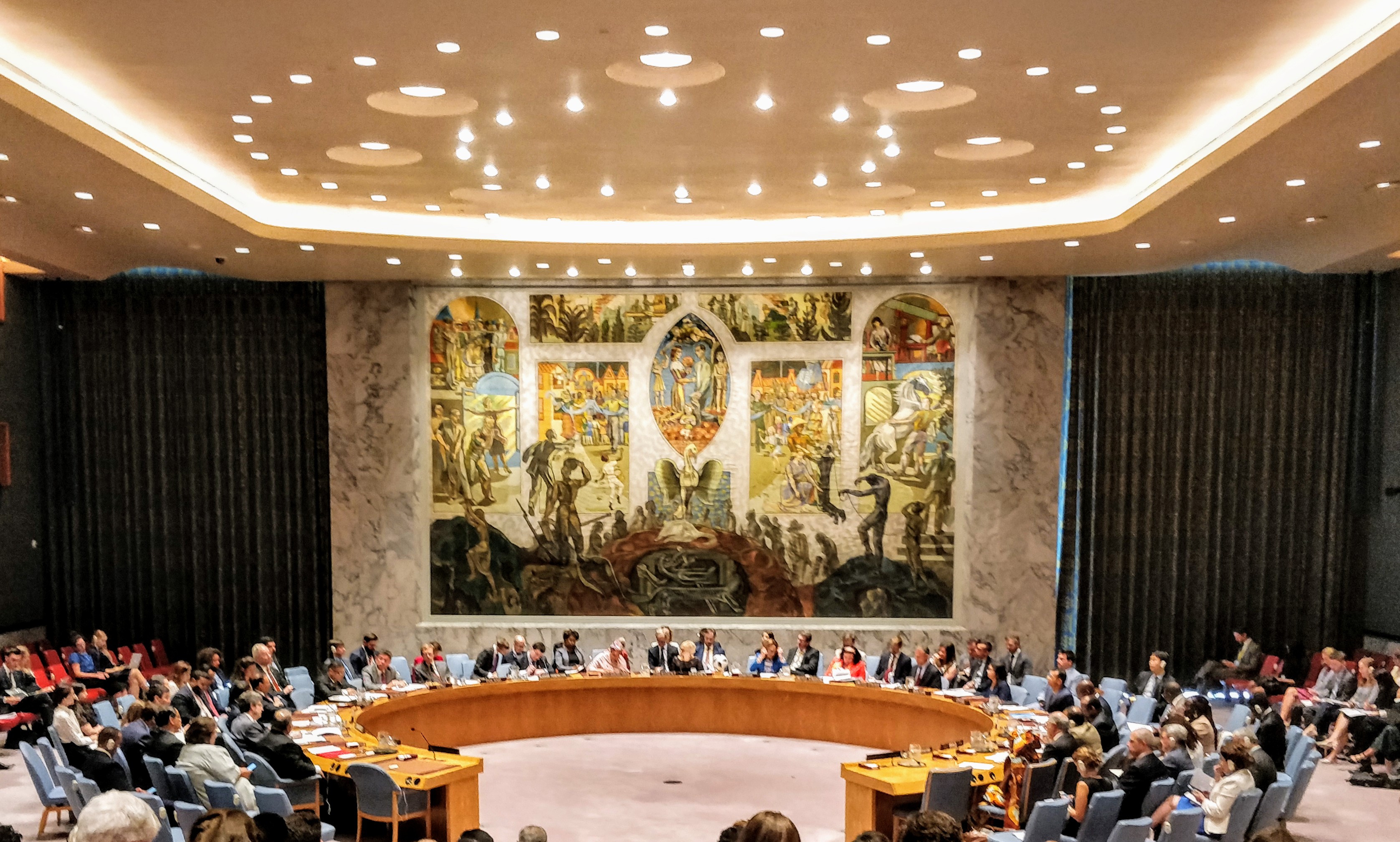By Susan Biniaz*

In Katowice, Poland, the Parties to the Paris Agreement just adopted the so-called “Paris rulebook,” i.e., the various guidelines and procedures that put meat on the bones of the Agreement’s provisions. The outcome on “transparency,” which sets forth extensive reporting requirements and review processes, is particularly noteworthy. It is designed, among other things, to promote clarity on how well Parties are implementing their respective nationally determined contributions, as well as on their greenhouse gas emissions and removals. One of the most challenging issues facing the transparency negotiators was how to reflect Paris’ mandate to build in “flexibility” for “those developing country Parties that need it in the light of their capacities.” They managed to achieve a result that carefully balances the need for a “common” system with accommodation for capacity needs.
Background
From the perspective of the United States and many others, a key issue on the road to the Paris Agreement was the inclusion of a transparency regime that was both strong and applicable to all Parties. It would not be sufficient, either environmentally or politically, to continue post-2020 with the two different reporting and review systems for developed and developing countries that had been enshrined in the Copenhagen Accord and further elaborated the following year in the Cancun agreements.
The 2015 U.S.-China Joint Statement, concluded a few months before Paris, tackled this subject head on. It provided:
“Both sides support the inclusion in the Paris outcome of an enhanced transparency system to build mutual trust and confidence and promote effective implementation including through reporting and review of action and support in an appropriate manner. It should provide flexibility to those developing countries that need it in light of their capacities.”
Together, the sentences made clear that there would be one transparency system, rather than two, and that, within that system, flexibility should be accorded not to all developing countries as a category, but to the ones that need flexibility by virtue of capacity needs.
The Paris Agreement, in Article 13, borrowed these concepts and even exact words, providing that the Parties were to develop a “common” set of modalities, procedures, and guidelines, with “flexibility” provided to “those developing country Parties that need it in the light of their capacities.”
Issues
Post-Paris, it was up to the technical negotiators to elaborate modalities, procedures, and guidelines (or “MPGs”, for short) that were, at the same time, “common” and accommodating of capacity constraints. They were confronted with essentially three dimensions of flexibility: who would be eligible for flexibility; what the flexibilities would be, including whether they would be applied across-the-board or on a provision-by-provision basis; and when they would apply. There was an obvious relationship among the dimensions. On the one hand, if they were all very broad, flexibility could turn the common system, de facto, into two different systems; on the other hand, if they were all very narrow, the system would not be sufficiently accommodating of legitimate capacity needs. A careful balance was required.
It was not possible, or even reasonable, to confine the “who” to limited categories, such as small island developing States (SIDS) or least developed countries (LDCs); there were developing countries other than SIDS and LDCs with potential capacity constraints in relation to various aspects of the transparency system. It was also not possible to devise criteria for eligibility; this approach would have raised technical challenges (given that the criteria would vary depending upon the capacity necessary to meet each particular requirement), as well as political challenges (given the historic resistance to de jure sub-divisions of developing countries beyond small island developing States and least developed countries).
This left the option of allowing each developing country Party to self-determine whether it fits within the basket of “those” developing countries Parties that need flexibility in the light of their capacities. This approach needed to be bounded in several ways – both with respect to the manner of self-determination and with respect to “what” the flexibilities would be and “when” they would apply.
Outcome
The self-determined nature of the application of flexibility is nicely balanced by several counter-weights within the MPGs.
First, a developing country Party that has determined that its capacity necessitates a flexibility is to “clearly indicate” the particular provision with respect to which flexibility is to be applied. In other words, it must affirmatively invoke flexibility, and it must do so on a flexibility-by-flexibility basis (as opposed to a single trigger invoking all available flexibilities).
Second, it must “concisely clarify” its capacity constraints that necessitate a particular flexibility. It does not need to justify application of a flexibility (and the review process cannot second-guess its application), but it does need to explain its capacity need.
Third, the flexibilities themselves (the “what’) are significantly limited. There is no flexibility writ large; rather, flexibilities are specified only in particular provisions (largely in relation to reporting on greenhouse gas inventories).
Fourth, flexibilities include “floors.” In other words, application of a flexibility does not mean a Party can do whatever it pleases – or nothing at all. It means that, instead of doing X, it must do Y.
Finally, in terms of “when,” the flexibilities do not expire, given that there is no date by which capacity necessarily meets a particular threshold. However, a Party applying flexibility must provide “self-determined estimated time frames for improvements” in relation to the capacity constraints it has indicated.
The Parties are to be commended not only for reaching agreement on over thirty pages of detailed text on reporting and review, but for fashioning a pragmatic and balanced approach to flexibility within the context of a common system.
* Susan Biniaz is a former Deputy Legal Adviser at the U.S. Department of State. She was the lead climate lawyer, and a negotiator, from 1989 until early 2017. She is currently a Senior Fellow at the UN Foundation and a Senior Fellow and Lecturer at the Yale Jackson Institute for Global Affairs.
Romany Webb is a Research Scholar at Columbia Law School, Adjunct Associate Professor of Climate at Columbia Climate School, and Deputy Director of the Sabin Center for Climate Change Law.




